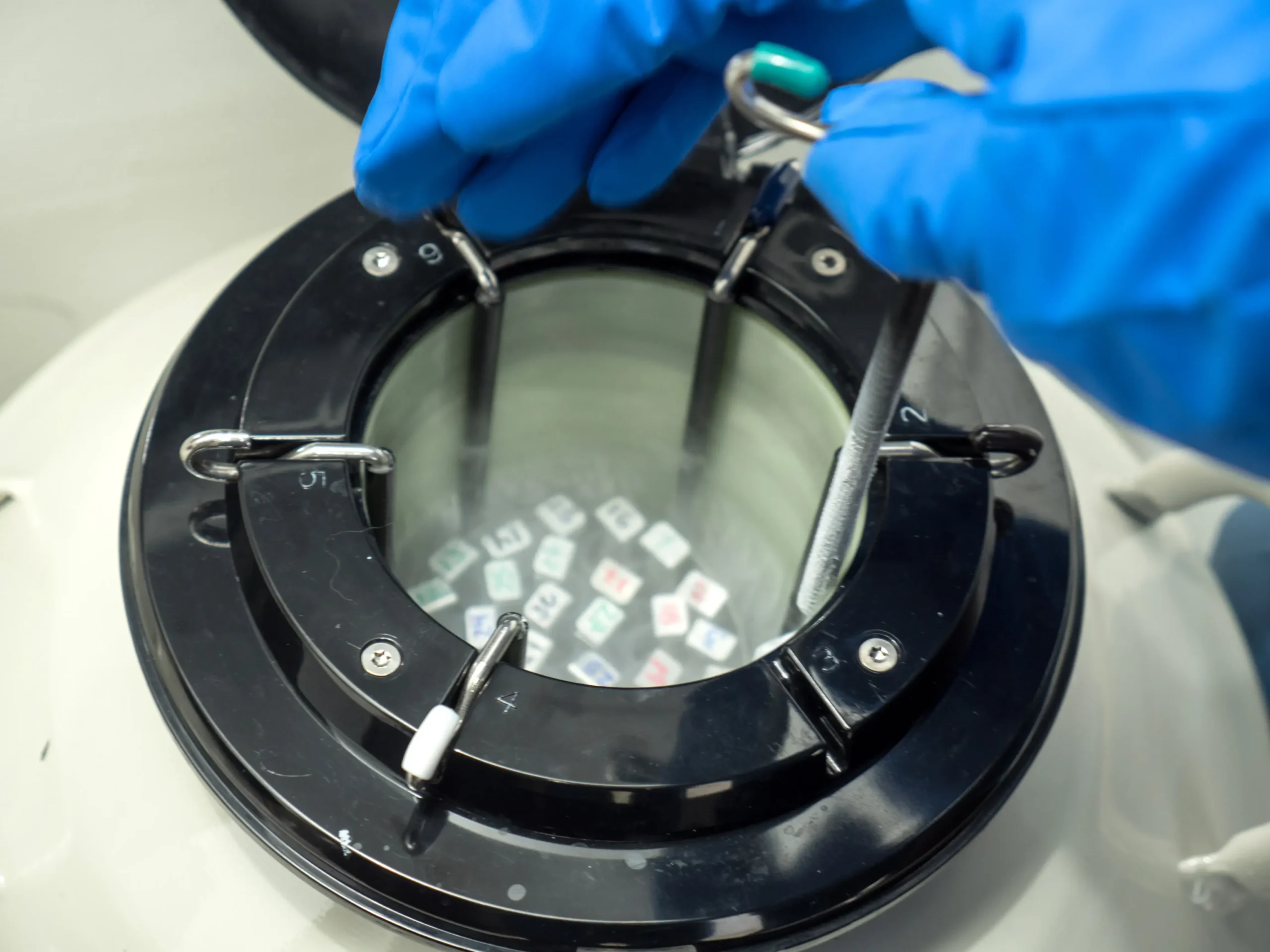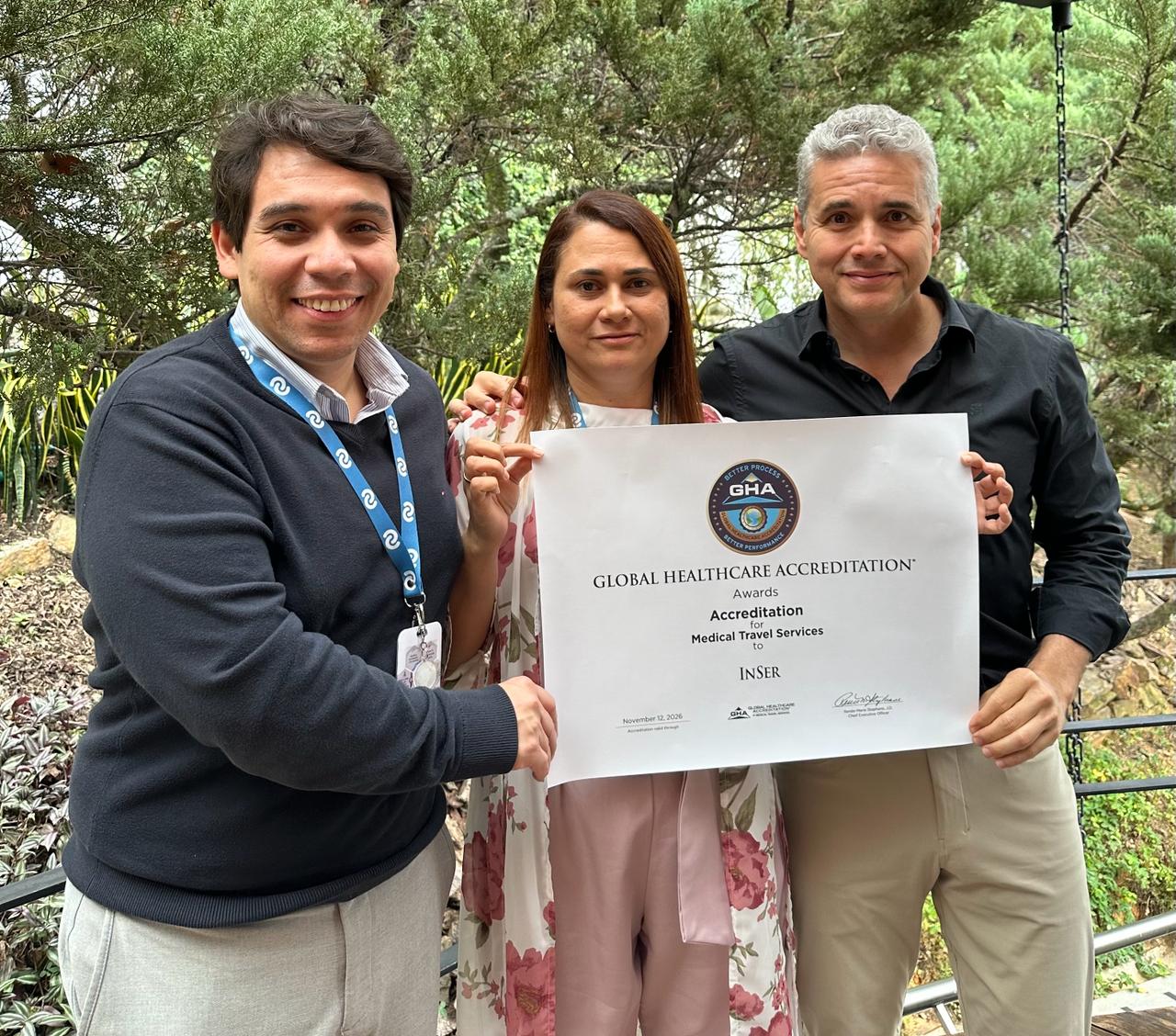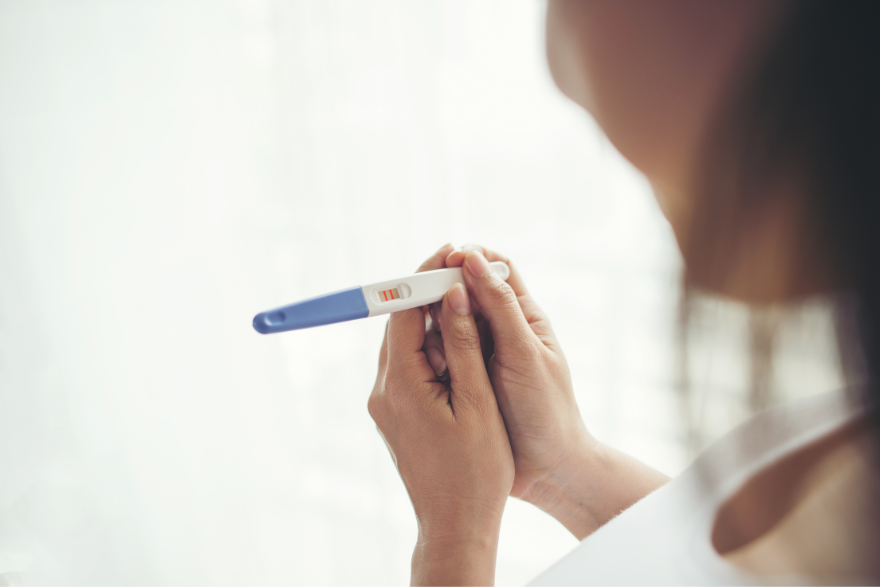THE PLACE OF THE FAMILY TODAY
Contemporaneity has brought with it transformations in society. Economic, political, and social aspects have changed, and therefore, the family has also undergone notable changes that reflect the conceptions of family. The great diversity of family structures that exists today, which is observed both in space and time, has forced researchers to speak no more of “family” but of “families.”
DIFFERENT FORMS OF FAMILY ORGANIZATION AND THEIR DYNAMICS
Currently, in addition to talking about traditional families, we can also talk about families that, although they were non-existent or hidden until the end of the 20th century, are now beginning to emerge or gain visibility. These are families formed by unmarried heterosexual couples; lesbian or gay couples; single fathers or mothers without a partner (due to separation, divorce, widowhood, or by their own decision); stepfathers and stepmothers; adoptive parents; surrogacy, transsexual people, who in many cases do not have a biological link with the child; that is, families that arose thanks to the donation of gametes, surrogate motherhood, among other possible assisted reproduction techniques.
The emergence of those families that have their origins in the use of assisted reproductive techniques has given rise to the distinction between biological and social paternity/maternity with multiple possible combinations. These new forms of family organization have generated greater plurality and complexity in the behavior of the family group members through forms of coexistence and organization that are different from the traditional model.
FAMILIES THAT PRESENT A DIFFERENT COMPOSITION TO THE TRADITIONAL
With advances in reproductive science, new possibilities for experiencing parenthood have been gaining visibility. We currently have an amalgamation of new families that, a few decades ago, seemed fictional. Reproductive techniques have separated parenthood from sexuality, just as contraceptives have separated sexuality from parenting. People of any gender identity – who resort to surrogacy, egg or sperm donation, or other techniques, can have children. With this, the constitution of a heterosexual couple is no longer the only fundamental element to engender a child.
A diverse family will be known as a family that does not comply with heteronormativity, which means that it doesn’t come from a parental union made up of a heterosexual man and woman, but by man-man, woman-woman, single man and single woman. Since sexual diversity also includes bisexual, transsexual, and intersex people, it must be considered that these families may be more diverse than what is understood by heterosexual logic.
A NEW PARADIGM TO UNDERSTAND TODAY’S FAMILIES
Assisted reproductive techniques expand this complexity and deepen questions and concerns. These techniques immerse us in new ways of establishing a family, in which affective alliances and desires take center stage over biological ties. What seems to matter is not who educates the children but how the upbringing is exercised and under what conditions it is carried out.
We must broaden the concept of family to a social level to conceive and validate the different types that exist and to understand that there is no single “ideal” family model; therefore, the other configurations are not “dysfunctional.” Because they do not comply with that model, this makes said families feel “abnormal,” “ashamed,” and “criticized.” It causes them pain and anger for not complying with what is “expected.”
LOVE IN THE FAMILY SHOULD ALWAYS BE PRESENT NO MATTER HOW IT IS COMPOSED
In addition, it is important to mention that the family has changed to such an extent that its deepest meanings transcended kinship and demanded contextualized understandings.
A person’s parenting skills go far beyond their sexual orientation; hence diverse families may follow a more normative course promoted by the prevailing heterosexual logic.
It is important to emphasize that the greatest value in families is the quality of their relationships, love, understanding, support, tolerance, and acceptance, which allow their members to develop positively rather than being aware of whether they comply with the “norm” or not.
The concept of family not only moves towards inclusiveness, but it also indicates that the family structure is not a determining factor in deciding whether a family is functional.
ALL FAMILIES ARE DIFFERENT, AND ALL OF THEM ARE FAMILIES
We reiterate that the concept of family cannot be restricted exclusively to a heterosexual configuration since, in this way, the diversity of the new family modalities could feel ignored. By insisting on the heterocentric conception, these new families are denied fundamental rights, such as the right to experience their forms of conjugality and kinship.
There are many types of family, and that is something that we must transmit to boys and girls in their earliest childhood, precisely because when we are children, we understand the world based on what is around us, on the people and the realities that we have about. The most important thing is to maintain that there is no ideal type of family and that all family configurations are valid and deserve to be respected. Health, care, respectful upbringing, and affection must be the pillars for the well-being of all families. Normalizing the new ways of being a family is essential for adults and children.
This article is taken from the talk held at the Voces de Esperanza 2022 Virtual Webinar. Its author is Helena Prado Lopes Clinical Psychologist and Couple and Family Therapist. Helena has a Diploma in the Psychology of Human Reproduction under the auspices of the Latin American Network for Assisted Reproduction (REDLARA). She is a collaborating psychologist at the Institute of Gynecology of the Federal University of Rio de Janeiro (UFRJ); she works in the Human Reproduction department at the Moncorvo Filho Hospital. She is a psychologist at the Clínica Pró-fértil Center for Reproductive Medicine. She is also a member of the Psychology Committee of the Brazilian Society of Human Reproduction (SBRH) and the Brazilian Society of Assisted Reproduction (SBRA). She is finally the author of the book: “Ser pai & mãe no século XXI. Desejo aliado à tecnología” (Being a father and mother in the 21st century. Yearning allied to technology) and author of chapters published in books on Assisted Reproduction. For more information: Instagram: @helenapradol E-mail: [email protected]









